802.11n Aplenty With New WLAN Releases
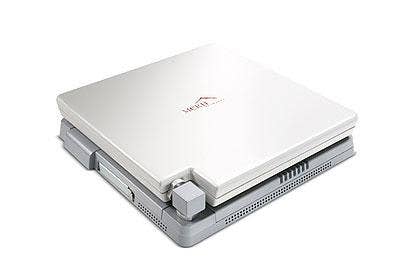
Three vendors -- Meru Networks, Trapeze Networks and Ruckus Wireless -- on Monday released new wireless networking gear, much of which is based on the new 802.11n wireless standard. Here's the low-down on who put out what and what it's all about.
First up, Meru Networks released a new 802.11n wireless access point. The AP440 (pictured) is a four-radio 802.11n access point and can support up to 300 Mbps for 1.2 Gbps capacity. The radios are backward compatible to the older 802.11n a/b/g wireless standards. One radio is configured for 2.4 GHz, two for 5 GHz and the fourth for both 2.4 and 5 GHz, meaning up to four channels can be layered with all channels running at 40 MHz channel width.
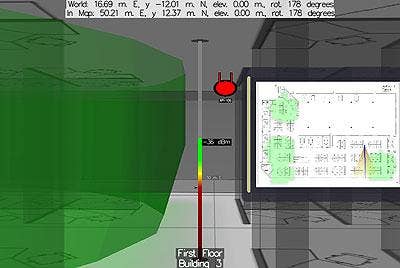
Along with its 802.11n access point, Meru also released a new wireless network management software that uses three-dimensional representations of WLAN deployments for detailed, real-time and color-coded views of WLAN coverage and signal propagation.
The Wireless Virtual Reality (screen shot pictured) shows where wireless coverage is weak or strong and displays those images in 3D to show floor-to-floor and elevation patterns throughout a building. Users just need to upload their floor plans and drag and drop the placement of their access points for a 3D view of wireless coverage for a virtual walkthrough in real-time.
The virtual reality software will be available in August for $9,995 as an additional license to the E(z)RF Network Manager.
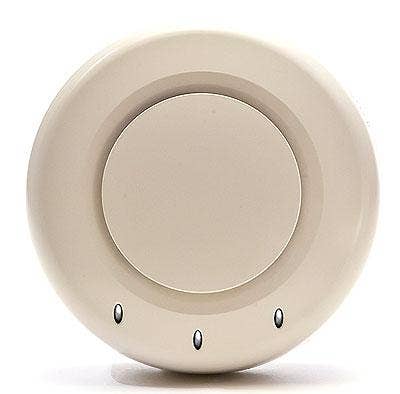
Trapeze Networks on Monday also unveiled a new 802.11n access point. The MP-432 (pictured) is a dual-band access point featuring two physical radios that operate on both 2.4 GHz and 5 GHz simultaneously. The access point has six internal antennas, three each for 2.4 and 5 GHz. The access point supports 802.3 af Power over Ethernet (PoE) and features dual uplink Gigabit Ethernet ports, both of which are PoE capable.
Along with the new access point, Trapeze also announced a trade-in program that will give VARs discounts for migrating customers from their old access points to 11n. Customers are also eligible for special pricing, which is only available through the channel.
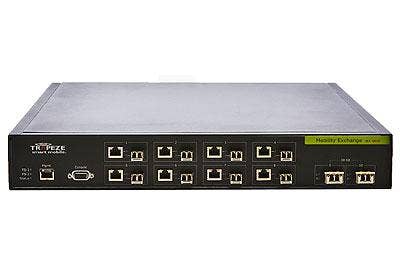
Trapeze also released a new high-capacity WLAN controller, the MX-2800. The controller offers 28 Gbps of Ethernet switching capacity and features two 10 Gbps ports and eight 1 Gbps ports. IT can support 512 active access points and 12,000 active clients, Asche said. Up to 64 controllers can be combined in a virtual stack to support more than 32,000 access points.

Trapeze also upgraded its RingMaster radio frequency planning software and released an appliance containing the software. The new RingMaster releases support 802.11n and mixed deployments. RingMaster 7.0 software lets users define indoor and outdoor coverage areas to visually display where access points should be placed for the best performance. The RingMaster appliance, the RM-200 (pictured), can support 250 access points and can scale to 5,000 access points or 1,000 MX wireless controllers. Several RM-200s can be used to scale. The appliance lists for $18,995.
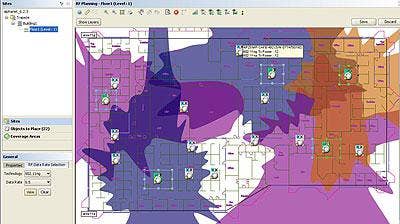
VARs can use the RingMaster radio frequency planning software (screenshot pictured) to offer wireless network planning and management as a service and lets them use only one tool for campus-wide network planning, both inside and outside the building.
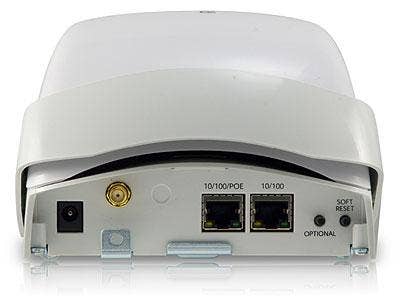
Ruckus Wireless also released new wireless gear, unveiling its SmartMesh Wi-Fi technology, the ZoneFlex 7942 802.11n access point (pictured here), the ZoneDirector 3000 WLAN controller and the FlexMaster remote Wi-Fi management system.
SmartMesh with 802.11n lets companies get immediate value from the latest wireless standard well before 11n-based clients become pervasive According to Ruckus, the 802.11n SmartMesh access point can deliver higher performance than a standard 802.11g wired access point even across two hops on the WLAN.
The 802.11n access point lists for $699 each.
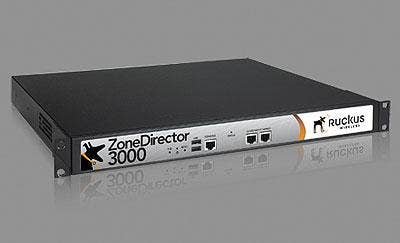
Ruckus also announced a new line of WLAN controllers, the ZoneDirector 3000 (pictured). The new ZoneDirector can support up to 250 ZoneFlex access points. Both the ZoneDirector and access points can be managed through the FlexMaster system meaning users and VARs can manage remote start WLANs and access points in regional or branch offices from a single point over the IP network.
The ZoneDirector 3000, which will hit the streets in July, starts at $6,000 for 25 access points.